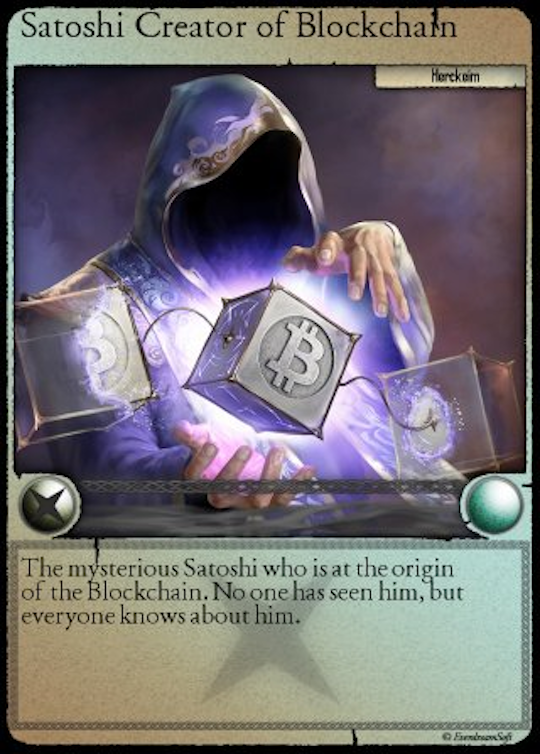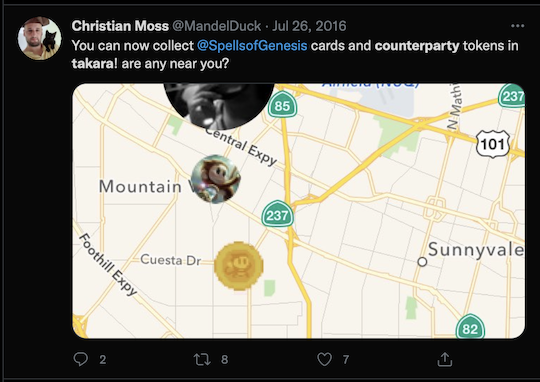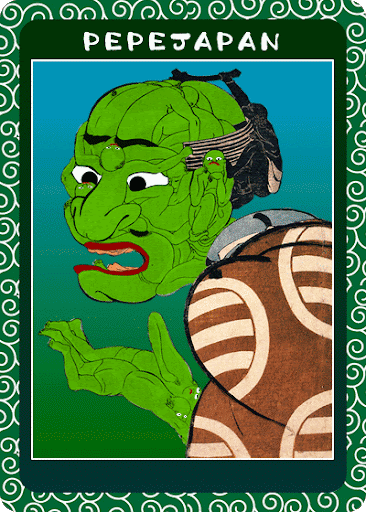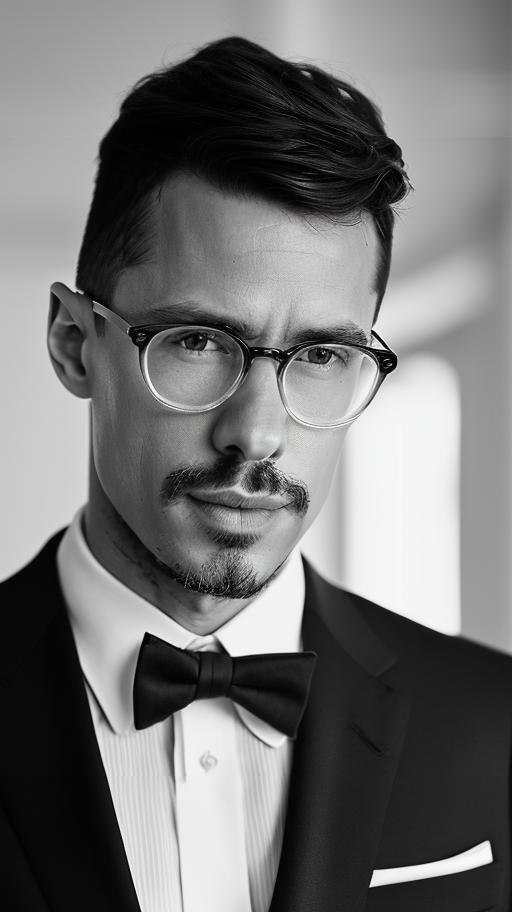The Weird World of “Vintage” NFTs
Posted April 07, 2022
Chris Campbell
“Vintage NFT” sounds like a joke.
NFTs aren’t old enough to be “vintage.”
In the cryptosphere, however, any NFT minted from 2011-2017 is considered so.
Perhaps cryptonauts are getting ahead of themselves…
But if you’re even remotely interested in dropping any money into NFTs, this should be the first place you look.
A few vintage NFTs have already been sold for a king’s ransom. For example, an NFT minted in 2014 pulled in $1.4 million at a Sotheby’s auction last year.
(It wasn’t even the original, but that’s a story for another time.)
Others have sold for similar prices elsewhere.
No, I’m not saying every NFT minted before 2017 is going to go to $1 million.
But if you believe digital collectibles are here to stay, the older collections, due to their historical significance in this space, have a much better shot in the long-term.
Thousands of new NFTs are minted each day, but the number of historical NFTs can only go one way: down. People constantly lose or forget the keys to their old wallets and these historicals get lost forever.
Moreover, a few key historical NFT projects were the driving force behind the lion’s share of innovation happening in crypto.
Therefore, the historical significance of certain projects isn’t just limited to the JPEG or the date of the NFT token, but also how it inspired further innovation.
I’ll give you three examples:
Spells of Genesis

On March 11, 2015, long before Bored Apes (2021) or Cryptopunks (2017), the Swiss-based game studio EverdreamSoft created a blockchain-based trading card game called Spells of Genesis (SoG).
Unlike most NFT projects today, SoG is built on the Bitcoin blockchain. Each card is meant to represent a historic moment in early Bitcoin history.
They’ve gained in popularity over the past several months, especially the SatoshiCard, a few of which sold for more than $300,000.
SoG cards are historically significant because, with crypto gaming on the rise, Spells of Genesis will go down as the first-ever tokenized gaming assets.
But a little after SoG’s launch, another project pushed the innovation further.
SaruTobi

In 2014, a young software programmer named Christian Moss released a game onto Apple’s App Store called SaruTobi. But it wasn’t your ordinary mobile game: players could collect small amounts of Bitcoin as they played.
This is the first example of a “play-to-earn” game in crypto.
Later, Christian took it further.
He realized he could link Spells of Genesis cards to his game. Anyone who held certain SoG cards could play those cards in Sarutobi, too.
This represented the first example of NFT interoperability between two independent games. This was a watershed moment because it revealed what was possible with “Web3” gaming.
As NFT historian Leonidas wrote:
“When the three Spells of Genesis cards were used interoperably in SaruTobi, the first crack in the walled gardens of the multi-trillion dollar gaming and social media industries appeared. And from the ashes of its Web 1.0 predecessor, the metaverse was born. That said, the significance of this moment won’t be fully understood until the walls of the gaming and social media industries fully crumble.”
During this time, by the way, Moss was living in Japan.
In 2016, he developed a Bitcoin geocaching app called “Takara” (meaning treasure), similar to PokemonGo. Instead of collecting monsters, users could catch Bitcoins in Tokyo.

This game, and Moss’ other projects gained popularity in Japan, inspiring a still under-the-radar early NFT project…
MemoryChain

Launched in 2017, Memorychain was the first major NFT collection out of Japan.
Some relatively well-known Japanese artists contributed and they eventually created about 200 unique cards in the collection.
Compared to the other projects mentioned, MemoryChain cards are still flying below the radar.
If you can find any of these collections at a bargain basement price, they’re much more likely to outlast any NFT project minted this year.
But they’re not the most promising historical project we’ve seen in NFT land lately…
Chris Campbell
For Altucher Confidential
